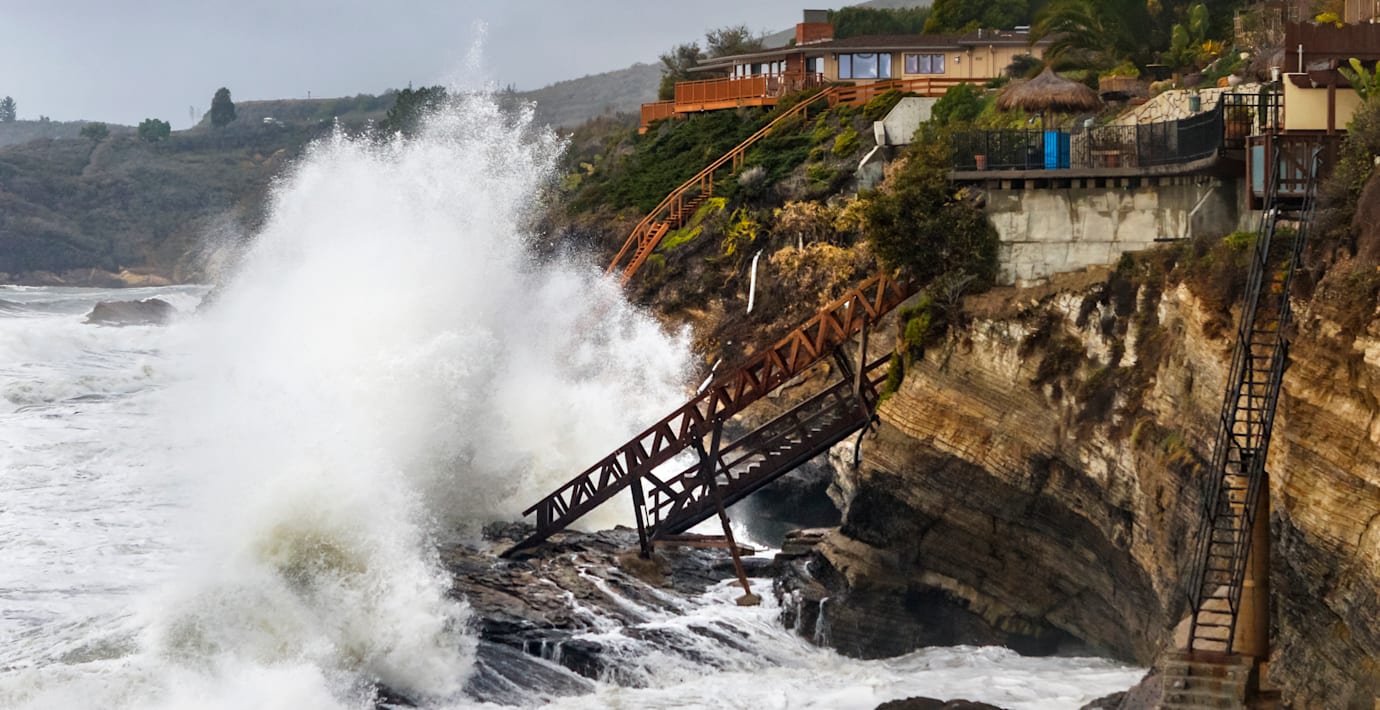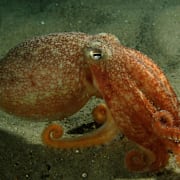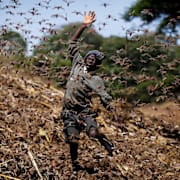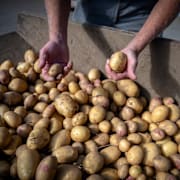
Höga vattentemperaturer kan bädda för extrem El Niño
Klimatexperter varnar för att vi kan stå inför en ny extrem El Niño-säsong i höst, skriver australiska ABC News.
Höga havstemperaturer kring ekvatorn bäddar för katastrofala väderinslag mot slutet av året, uppger kanalen. Enligt den australiska meteorologbyrån, BOM, indikerar alla deras sju modeller för att problemfyllda månader är att vänta.
Trots att prognosen ännu kan avvärjas, bedömer experterna sannolikheten till 50 procent.
Den senaste ”extrema” El Niñon inträffade 2016 och ledde till rekordhöga temperaturer, översvämningar, torka och sjukdomsutbrott på flera platser i världen.
Enligt Mike McPhaden, professor i oceanografi vid University of Washington, har extrema El Niños historiskt bara inträffat vart 10–15 år.
– Men naturen har ett sätt att överraska oss när vi tror att vi vet allt, säger han till The Guardian



